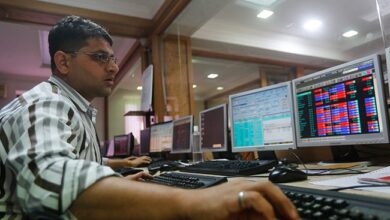Understanding the Modern Supply Chain

Times they are a changing, and the modern consumer has a lot more baseline expectations than ever before. With everything now being done online and demands from clients or end users for same-day or next-day delivery, the entire supply chain now needs to be an interconnected web of processes and information, as well as goods and services. Knowing what makes for a good supply chain will be critical to implementing such a supply chain and as such this article aims to keep you in the know.
How the Supply Chain Has Evolved
The supply chain generally refers to the management and optimization of the systems and processes to get raw materials and products from their origins to their end point or end user. The first most truly global supply chain was most likely for rum. It was truly global, in that slaves were moved from Africa to the Caribbean to grow sugarcane (which had come from India), and the resultant sugar was then transported to the US distilleries and rum produced and bottled and then transported/sold around the world using the same transport linkages.
Fast forward a few hundred years and e-commerce has been the major driver of the topical changes necessitated in supply chains of all shapes and sizes. The recent pandemic has advanced online shopping, media and entertainment faster than any other societal issue in recent times. Online shopping has now become the norm for over 2.14 billion people worldwide and is growing all the time.
Artificial intelligence blockchain and automation have been implemented across the board and the successful businesses out there are those that have made use of these technologies. The access to information and the use of big data for issues such as customer demographics and buying trends will allow for increasingly accurate production and supply.
Both finding and providing transport jobs and opportunities is now done electronically and anyone from anywhere with the right credentials and experience can use professional software and apps such as Shiply to fill your load board.
The Way Forward for Supply Chains
Artificial intelligence is improving the ability to predict and proactively adjust the supply and demand needs of the organization. By taking over the error prone manual work of checking previous buying and sales data, AI can serve to shorten and improve the process of understanding consumer trends and predicting the next big thing. Using big data to predict customer and client needs and then be in a position to provide for these needs will be at the heart of all modern supply chains.
With ‘the last mile’ of the delivery process being the most pressurized based on consumer needs and expectations, many businesses are now looking to use drones, and automated delivery vehicles to cut costs and provide capacity for the current demand.
Supply chains have evolved and changed over time, and the present norm is for the use of integrated and interlinked technology to monitor track and move goods and services.


